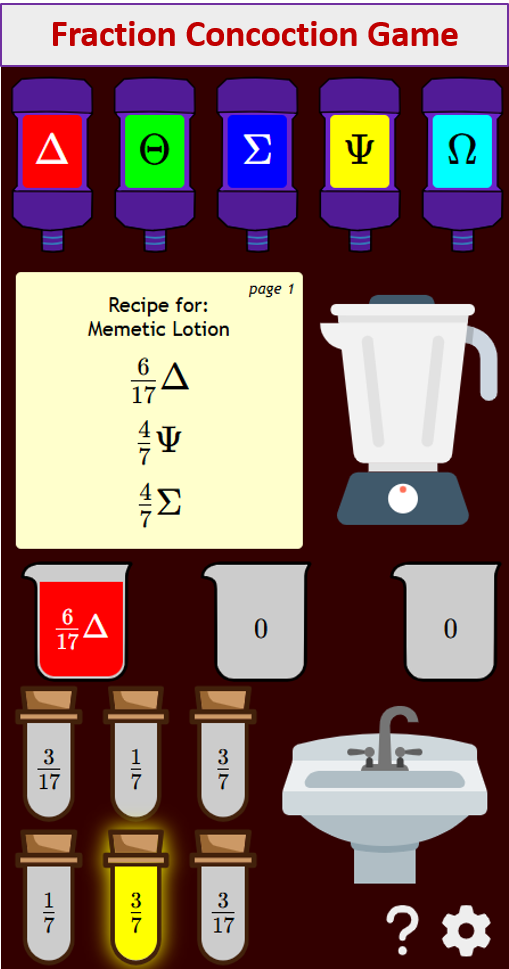

Fun Science Projects & Experiments
Related Topics:
More science projects and experiments
Math Worksheets
A collection of science projects, videos and experiments for various grades and topics.
Science Projects or Science Experiments: Grades 5 & 6
Nervous System and the Brain
Nervous System and the BrainThe nervous system is a complex network of nerve cells and nerve fibers spread throughout the body. Its function is to interpret, store, and respond to information received from inside and outside. The central nervous system or CNS, consists of the brain and spinal cord and is responsible for processing information gathered from the rest of the nerves and transmitting instructions to the body. Messages passing to and from the CNS are carried by the nerves of the peripheral nervous system. This system includes twelve pairs of cranial nerves and thirty-one pairs of spinal nerves. The cranial nerves and the spinal nerves control voluntary movements and sensations. The autonomic nervous system, consisting of sympathetic and parasympathetic nerve fibers, controls such involuntary body functions as the heartbeat.
How the Body Works : The Regions of the Brain
The brain has three major functional and anatomical parts--the forebrain, midbrain and hindbrain. The forebrain consists of the cerebral hemispheres, thalami, hypothalamus and limbic system. The top inch of the brain stem is the midbrain. The hindbrain includes the cerebellum, the pons and the medulla. Other parts of the brain's anatomy include: the cerebral cortex, a thin layer of nerve cells on the surface of the cerebral hemispheres; the cerebrum, composed of many millions of nerve fibers, is covered by the cerebral cortex; the corpus callosum, a C-shaped collection of fibers, forms a bridge between the left and right hemispheres; the thalamus, which relays and receives messages to and from other areas of the brain; the limbic system, concerned with memory and emotion; the cerebellum, the largest part of the hindbrain and responsible for balance and the fine control of muscle movements; and the hypothalamus, which lies below the third ventricle of the brain, and regulates many of the body's functions and the activity of the pituitary gland
Try out our new and fun Fraction Concoction Game.
Add and subtract fractions to make exciting fraction concoctions following a recipe. There are four levels of difficulty: Easy, medium, hard and insane. Practice the basics of fraction addition and subtraction or challenge yourself with the insane level.



We welcome your feedback, comments and questions about this site or page. Please submit your feedback or enquiries via our Feedback page.


